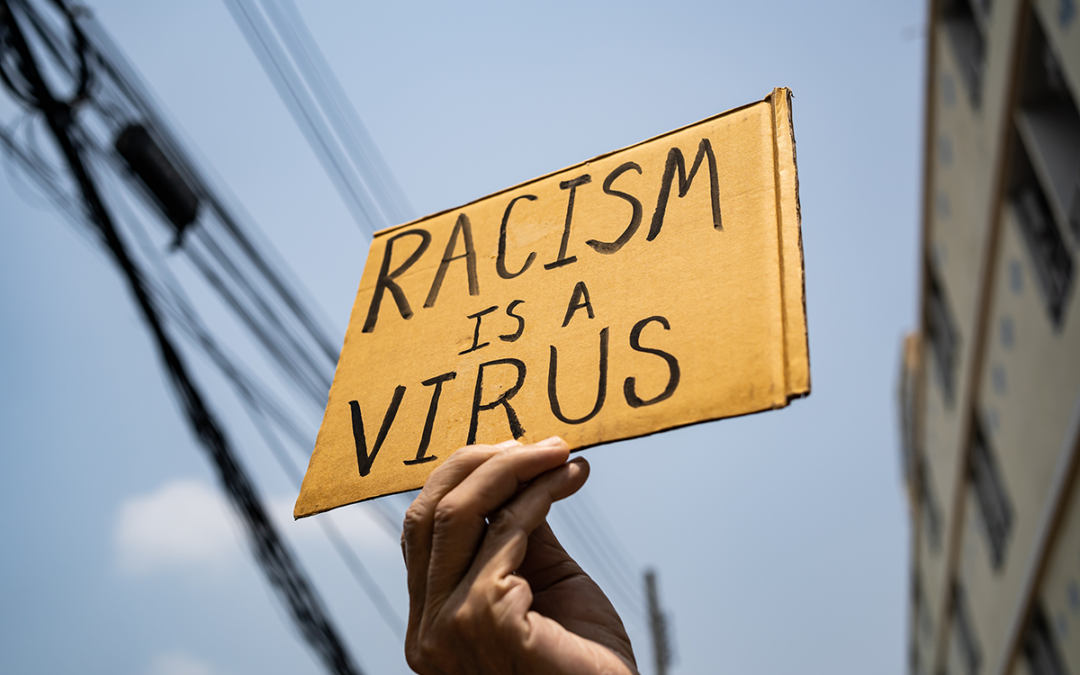In 1992 Congress designated May as “Asian American Pacific Islander Month” to honor the achievements and contributions of Asian Americans and Pacific Islanders (AAPI) in the U.S. However, a recent survey found that 42% of Americans can’t name a well-known Asian American, prompting ABC’s Good Morning America to create a call for nominations to spotlight celebrities, intellectuals, entrepreneurs, and leaders to be added to an “AAPI Inspiration List.” Google Arts & Culture also recently launched an online hub featuring stories and artworks that dive into Asian and Pacific Islander art, music, poetry, and more. These kinds of mainstream activities are an effort to showcase how AAPI contributions and influences have shaped and enriched America.
Unfortunately, inadequate history education and the model minority myth results in Asian Americans often being labeled and treated as a monolithic group. Although it is well reported that Asian Americans are the fastest growing racial/ethnic group in the U.S., this obscures large differences between different Asian ethnicities. Socioeconomic disparities exist in income, education levels, health and mortality, and English proficiency among different Asian ethnic groups. AAPI diversity expands continents, languages, religions, and demographics, and their plight and struggles are also multidimensional. There are compelling cases how disaggregation of racial and ethnic data can improve policies and services to meet the needs of different communities.
The coronavirus pandemic has fueled significant increases of xenophobic attacks and unabated violence against AAPI communities across the country, sparking renewed attention to support AAPI communities. A growing number of organizations, big and small, are committing to or reaffirming diverse, equitable, and inclusive (DEI) workplaces and operations, but many leaders are wondering how they can provide tangible support in light of anti-Asian discrimination and violence. Here are some ways leaders can show allyship in support of AAPI communities:
First, start off by acknowledging your own gaps in knowledge about the history of anti-Asian discrimination in this country. Some are well-known, such as the Chinese Exclusion Act and the internment of Japanese-Americans during WWII, but there are also many overlooked events, such as the sundown towns in California and the racially-motivated murder of Chinese-American autoworker Vincent Chin. There is a lot of unlearning and relearning to be done to understand the ways in which AAPI discrimination are downplayed and silenced, but your willingness to do the work is a critical one.
Make time for education and listening. Offer tangible support to teammates impacted by recent incidents of hate and violence. Business-as-usual in the workplace can leave AAPI employees feeling unheard and unsupported. Make time and space for your team to engage in education to understand the ways in which racial bias and discrimination show up at work, both intentionally and unintentionally.
Recognize that BIPOC representation at all levels of the organization is important, but DEI will require genuine and sustainable action from the top. Representation is not the end game; however, it is a step to reflect the diversity of our communities. From recruitment to promotion, organizations are setting goals to increase BIPOC representation in leadership roles, but they may appear as a token gesture or performative. Albeit, understanding the differences between tokenism vs. equity is an important one. Embedding DEI systems and processes will require genuine and sustainable action. Avoid common mistakes, such as setting up “DEI committees” that lack senior leadership to drive and own the change towards meeting equity goals.
Improve business practices to expand access of services, especially if you’re a resource provider. Too often, resources and services are catered to the mainstream. Given wide gaps in broadband access, adoption, and use among different ethnic groups and age groups, make investments to enhance access of services among those with limited technology, transportation mobility, and English proficiency. Additionally, business leaders are increasingly committing to inclusive procurement practices and supplier-diversity programs as ways to expand economic opportunity and deliver value.
Donate, amplify, and volunteer at organizations that are improving the lives of AAPI communities. There are both urgent and long-term capacity building needs to provide community-centered resources to improve physical safety and mental health of AAPI communities. There is also a great deal of social, economic, and political capital needed to achieve meaningful inclusion. Despite recent horrific events, there’s been a historical legacy of Asian American activism to get the political recognition and legislative victories they fought hard for, including recently-passed COVID-19 Hate Crimes Act.
Here is a sampling of organizations engaged in critical work to create meaningful and impactful change in the Bay Area and beyond. Asian activism is diverse and intersectional, and are inextricably linked and indebted to the Civil Rights Movement whose fight for equality and freedom for Black lives has benefitted other marginalized communities.
This blog post was penned by Carline Au, Senior Economic Development Analyst at East Bay EDA.

